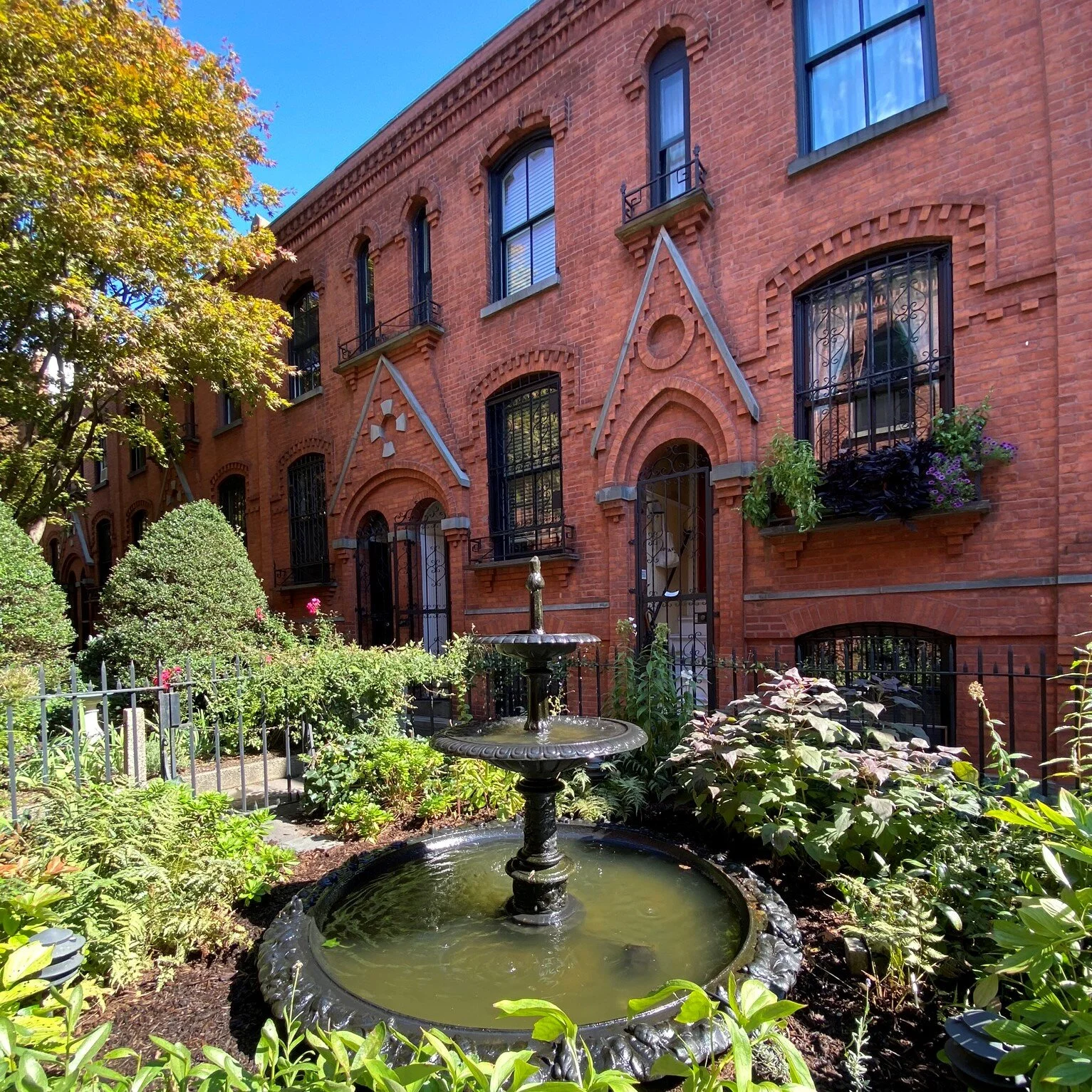Fifty-five years ago, New York City Mayor Wagner signed the Landmarks Law, creating the Landmarks Preservation Commission (LPC). The LPC is the largest municipal preservation agency in the nation.
LPC’s mission is to protect New York City's architecturally, historically, and culturally significant buildings and sites by granting them landmark or historic district status and regulating them after designation. The creation of the LPC came on the heels of the demolition of the Beaux Arts-style Pennsylvania Station in 1963. Designed by McKim, Mead, & White, the train station was razed to make room for Madison Square Garden and an underground rail station.
Since 1965, the LPC has created 149 historic districts across all five boroughs and designated more than 37,000 building and scenic landmarks. Nearly 6,000 buildings were landmarked in the first five years. The first individual structure to be landmarked is the city’s oldest—the Pieter Claesen Wyckoff House. During this period, the LPC protected many public structures like City Hall, Grand Central Terminal, the Metropolitan Museum of Art, and the New York Public Library. Since 1965, the LPC has issued hundreds of thousands of permits approving work on historic buildings and new buildings located in historic districts.
Grand Central Terminal’s landmark designation protects it from the fate of the original Pennsylvania Station.
In celebration of 55 years of historic preservation, the LPC has an interactive online timeline, highlighting some of their most notable protected buildings.
Historical Windows of New York was conceived just five years after the Landmarks Law was signed to fill a growing need for historically appropriate windows and doors. Our offerings have evolved over five decades to include high performance technology to make even the oldest buildings energy efficient. We also have expertise navigating the LPC permitting and approvals process on behalf of our clients.


